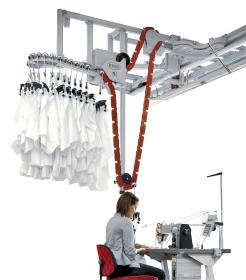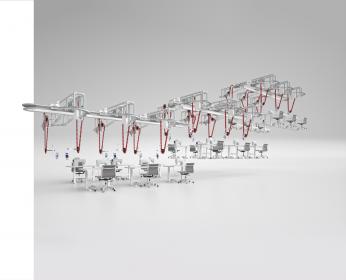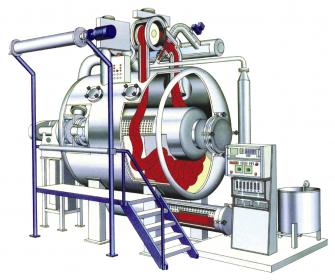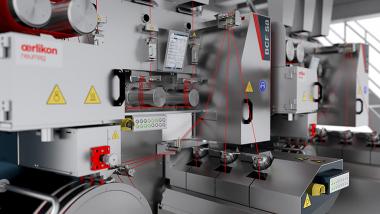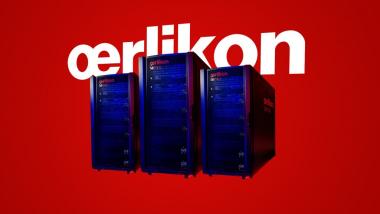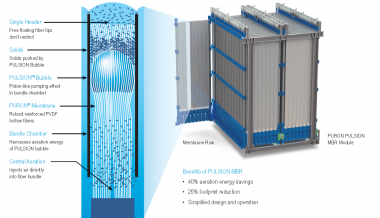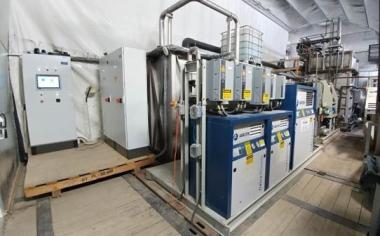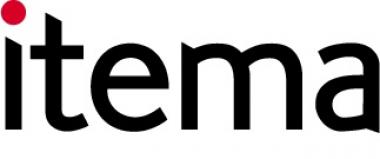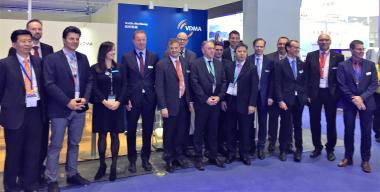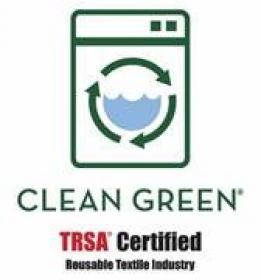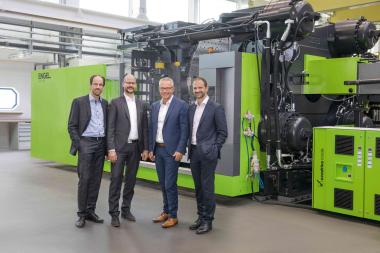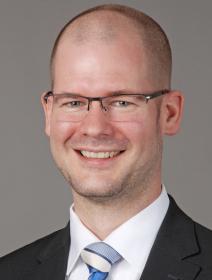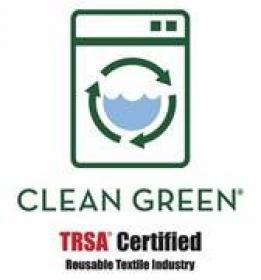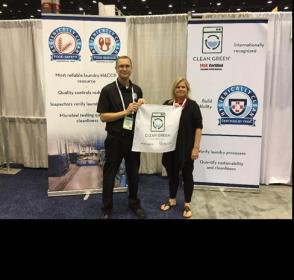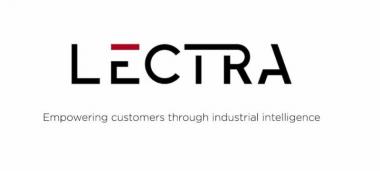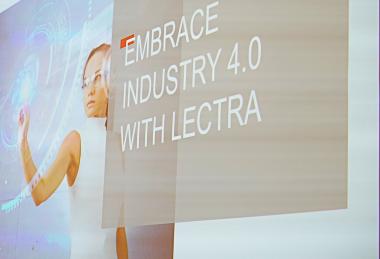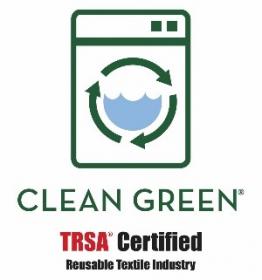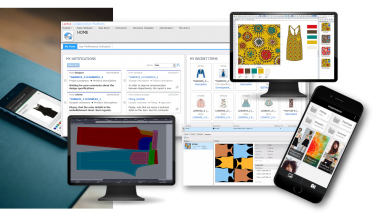Materials handling for Industry 4.0 concepts from Eton Systems
With over 5,000 tailored installations for a range of industries installed in over 60 countries, Eton Systems, headquartered in Gånghester, Sweden, has established a reputation as a clear leader in the field of complete material handling systems.
At ITMA 2019 in Barcelona from June 20-26th, the company will be demonstrating a complete installation based on a future production concept, with advanced software providing real-time information covering every aspect of the process.
“Our systems are a natural fit with the major Industry 4.0 networked manufacturing plants that are now being constructed worldwide for sectors such as the garment and home textiles manufacturing and automotive industries,” says Eton’s Sales and Commercial Director Roger Ryrlén. “We have had a very busy last 12 months, with more major projects in the pipeline. We understand, however, that one solution does not fit all situations, which is why we think in terms of custom-made solutions matched to specific customer needs. Buying a system from us, is buying a solution and a partnership. Each system includes support, service, training and knowledge built on more than 70 years of experience. When a customer invests in an Eton System the increased efficiency normally results in savings of between 40-60%.”
A typical system consists of overhead conveyors with individually-addressable product carriers which automatically steer their way through programmed operation sequences. They are monitored by a computer providing all the necessary data for optimally measuring and managing processes. The systems are also highly flexible and can be rapidly modified to changes in the production line or the need for expansion.
Options for smart factories
Eton’s Flexible Productivity Concept (FPC) is based on two system platforms with a wide range of options, including:
- Multiple rails for sorting at workstations.
- Buffering
- Automatic loading devices, pick-ups and work delivery robots.
- Bridges and elevators that link systems and floors.
- Historical links to products after completion.
- Module-based software.
Via an addressable product carrier, an Eton system transports all the components of a complete product through the manufacturing process.
Eton Systems will be at stand A214, in Hall 2 at the Barcelona exhibition.


